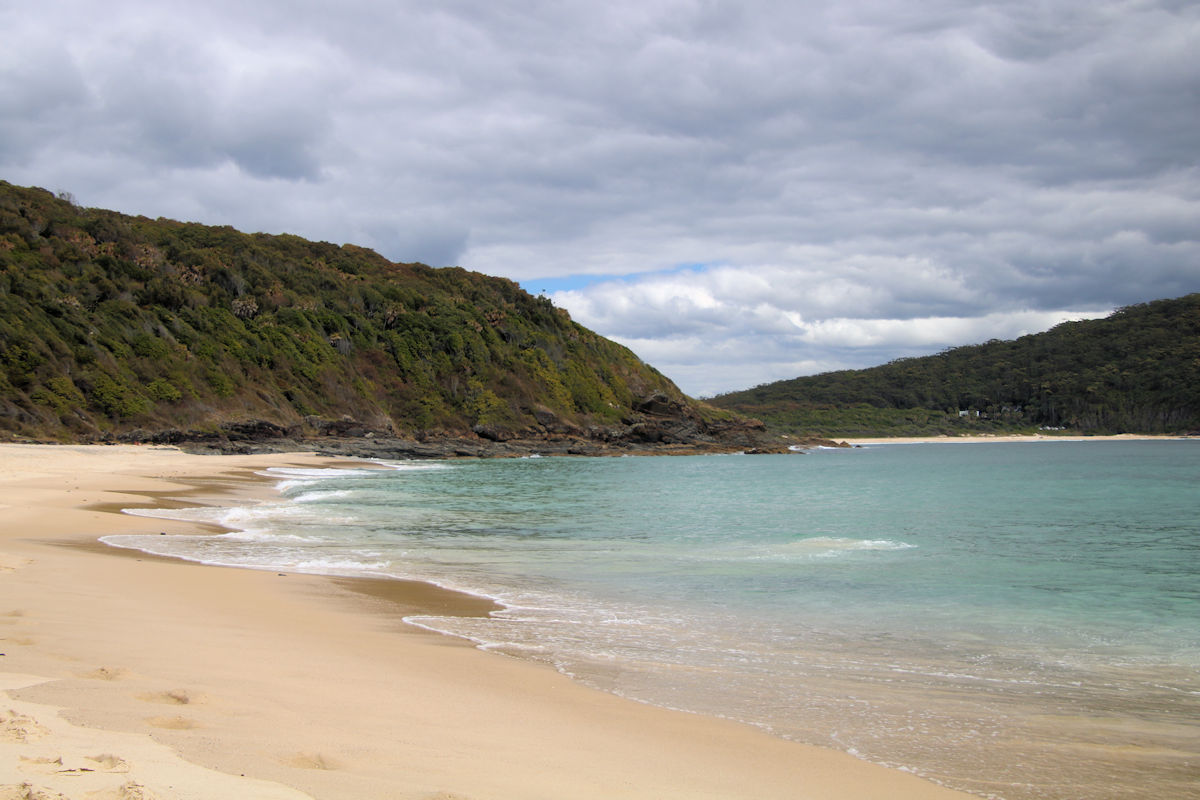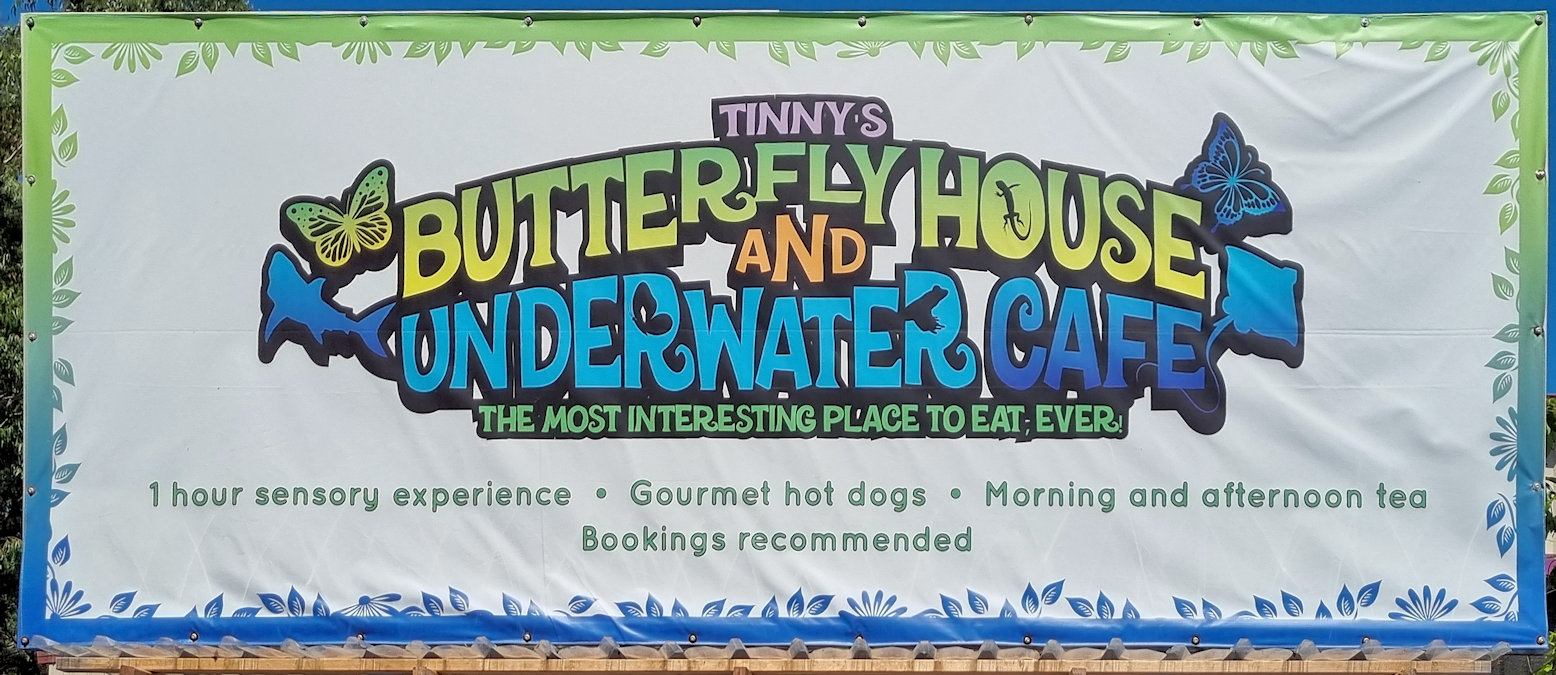Category: animals
-
Shelly Beach Booti Booti National Park

Shelly Beach Booti Booti National Park Located in the Booti Booti National Park New South Wales, Shelly Beach is a beautiful sandy beach accessed via a 650m walk from Boomerang Crescent. After parking on Boomerang Crescent, we walked 10 minutes to the beach along the well maintained bush track. This takes you through coastal rain… Read more
-
Shark and Ray Rescue Centre

Shark and Ray Rescue Centre Port Stephens Based at Bobs Farm near Port Stephens, the Shark and Ray Rescue Centre is dedicated to the rehabilitation and rehousing of sharks and rays. An association with local Professional Fishermen allows injured sharks, rays, and other marine creatures caught as a by-catch to be saved. Getting There Housed… Read more
-
Port Macquarie Koala Hospital
Port Macquarie Koala Hospital Established in 1973 and dedicated to the to rescue, rehabilitation and release of wild koalas, the Port Macquarie Koala Hospital also helps visitor learn about this unique Australian animal. Located in the NSW mid-north town of Port Macquarie, the hospital is a favourite destination for tourists. On arrival, we were pleased… Read more